‘There are no shortcuts’: Ten years of Hereu, the cult Spanish shoe brand where craft is front and centre
Dal Chodha visits Barcelona-based shoe and accessory brand Hereu as it reaches a milestone decade in business

Albert Escribano, co-founder of shoe and accessory brand Hereu, inspects a row of shelves filled with dusty leather loafers, T-bar sandals and canvas boots. Each is a footnote to a decade of designing and making in Spain. ‘Ten years? That feels a little bit unreal because Hereu started as a personal project,’ he says. ‘We wanted to bring the passion we have for craftmanship together with our own taste to make our thing.’
The ‘we’ Escribano refers to is himself and José Luis Bartolomé. When the idea for Hereu (which translates to ‘heir‘ in Catalan) came to them in 2014, Bartolomé was living in Paris and Escribano in London. The pair – who used to be a couple in life before business – didn’t have any plans for their first collection beyond seeing it as a way of holding onto their roots. Travelling to Spain also became a reason for them to see each other more.
Ten years of Hereu

Today, based out of Barcelona, they find themselves helming a global brand loved for its chic sandals, boots, loafers and growing range of accessories. Their pieces are thoughtfully made in five different factories across Spain without the usual heritage fanfare. To make a pair of Hereu loafers requires between 25-30 stages.
They are hand-sewn using the traditional moccasin construction at a factory that has been in operation since the early 1980s. Inside, piles of butter-yellow shoe lasts wait to have the finest calf leather stretched onto them, bright blue machines are powered up and caked in glue, polish, grease. A team of some 15 staff move deftly around the space wearing International Klein Blue collarless jackets. The supple rock of Hotel California blares from a trio of speakers attached to the walls, their sound muffled by a giant extractor fan.
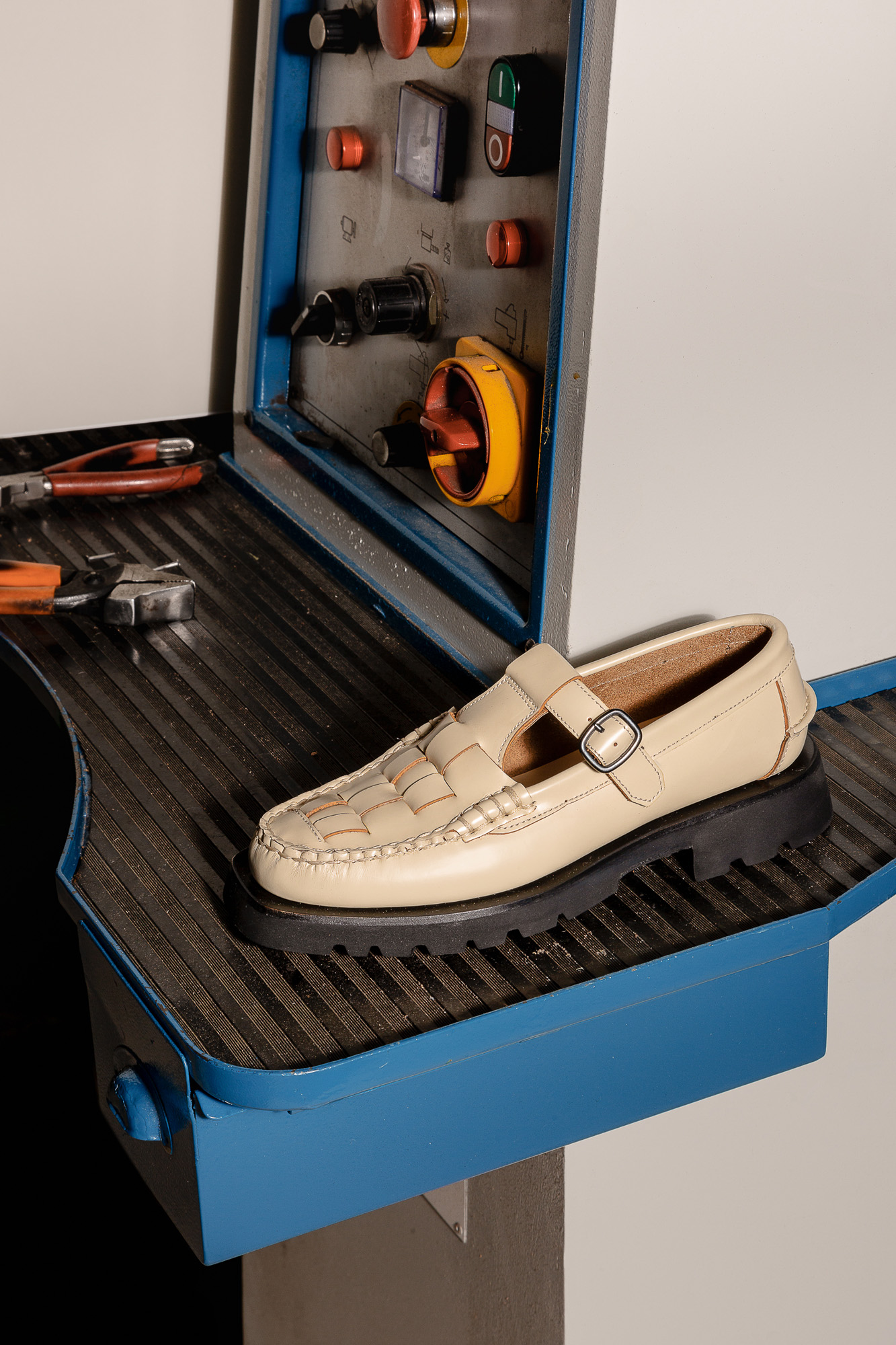
The production takes its own time and is often full of mess and brute force; a lattice work suede upper is pulled together using pliers before it is glued and gently tapped with a hammer. Soles are bashed onto lasts pin by pin. Men are bent over a workstation, hand-stitching uppers to their soles working in a manner that tries to replicate a machine. They sit at metal benches on wooden dining chairs topped with cushions in faded red and orange, piercing through leather with nylon thread.
Escribano says, ‘Those techniques are foundational; they give the shoes their quality. Craft is something made in the best way it can be. There are no shortcuts. We couldn’t add or take another step out of the process because then you are sacrificing something, maybe durability, maybe comfort. There are many little details that may not seem that important, but they need to be there. That’s what makes the difference.’

The sobriquet of ‘slow fashion’ is now readily applied to almost anything that favours a minimalist design. Even though its pieces are made in traditional, time-honoured ways, Hereu adheres to the usual seasonal demands. It’s not a slow fashion brand.
Wallpaper* Newsletter
Receive our daily digest of inspiration, escapism and design stories from around the world direct to your inbox.
‘We are also trying to stay away from labels like “craft” or “sustainable” – these things come with the way we work, but it’s not about ticking boxes or a trend. Oftentimes talking about those values loudly can detract from the design, the look of the thing,’ he says. The design process runs to the rhythm of what is possible.

The day-to-day running of the business is a balancing act between speaking to the values of the artisanal and keeping a finger on the pulse of what looks right for today. ‘Sometimes we might think, oh, is this a bit boring? And that’s when we have a good time trying to work it out. Hereu is super easy to understand. Everything looks familiar but is new enough to be interesting.’ You see it, and you see what it's about.

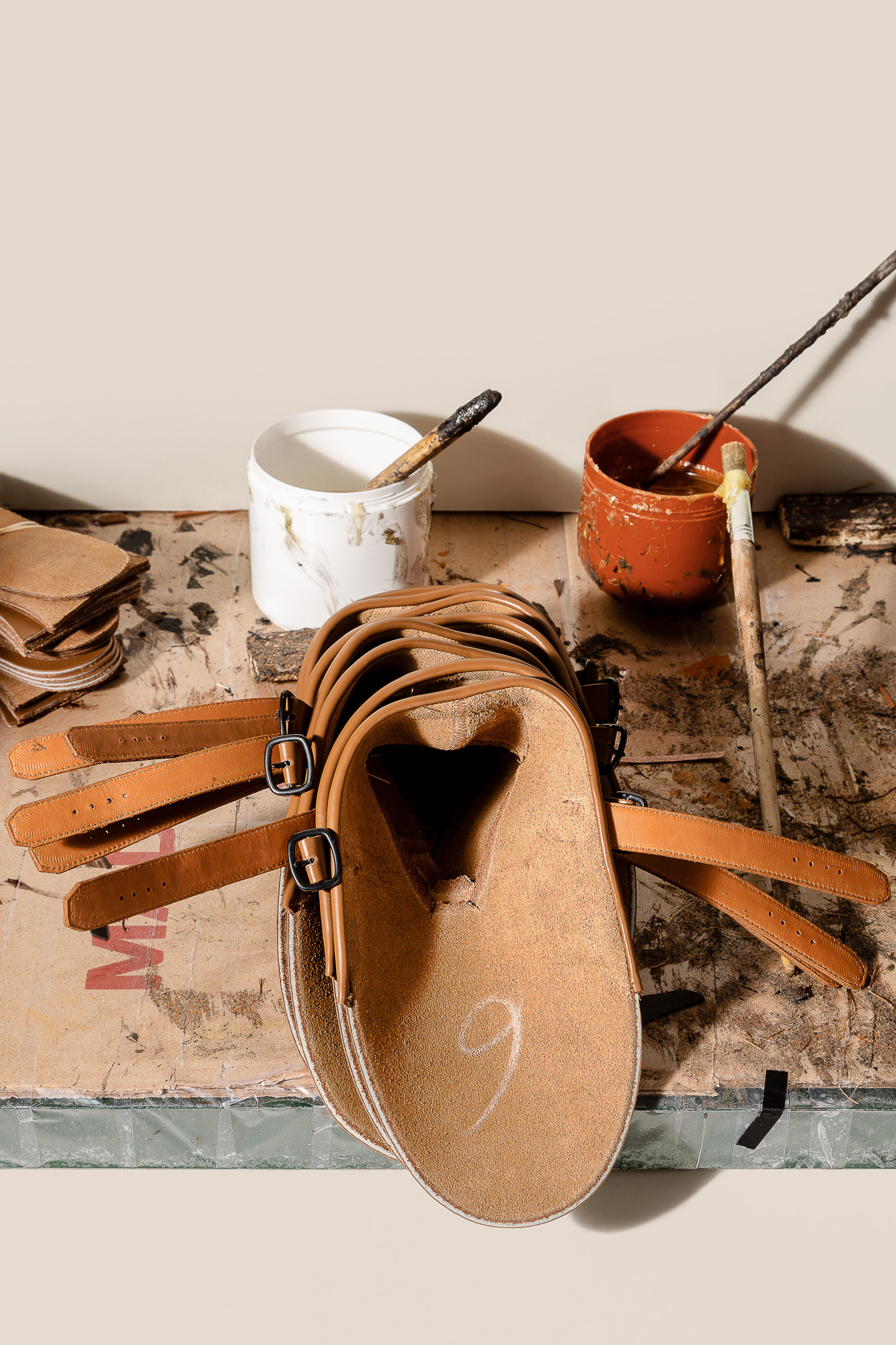
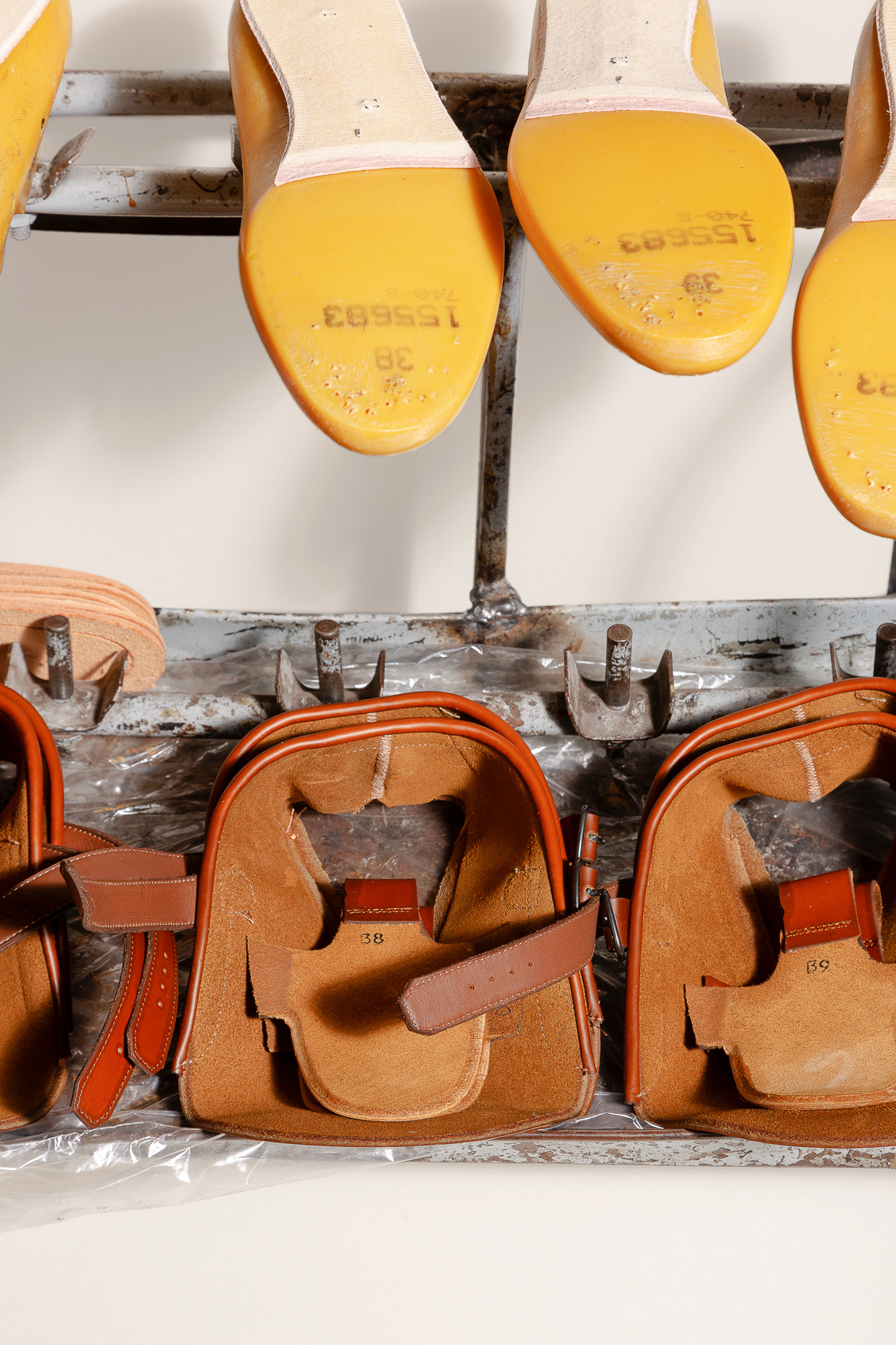




London based writer Dal Chodha is editor-in-chief of Archivist Addendum — a publishing project that explores the gap between fashion editorial and academe. He writes for various international titles and journals on fashion, art and culture and is a contributing editor at Wallpaper*. Chodha has been working in academic institutions for more than a decade and is Stage 1 Leader of the BA Fashion Communication and Promotion course at Central Saint Martins. In 2020 he published his first book SHOW NOTES, an original hybrid of journalism, poetry and provocation.
-
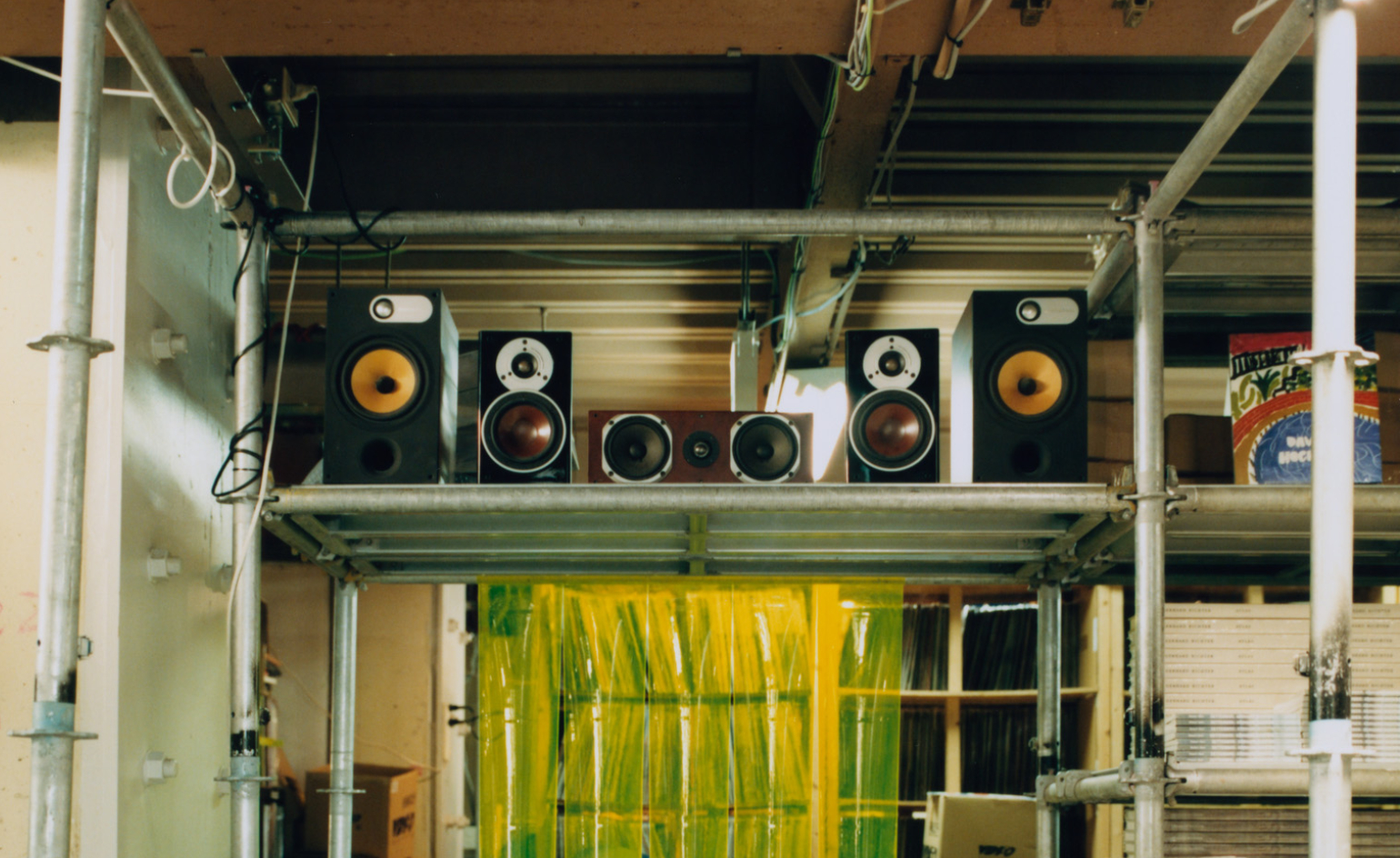 Tune into the rhythm of Tokyo’s most ambitious record shop
Tune into the rhythm of Tokyo’s most ambitious record shopVinyl Delivery Service in east Tokyo’s Skwat Kameari Art Centre is spinning a new narrative for the traditional record store model
-
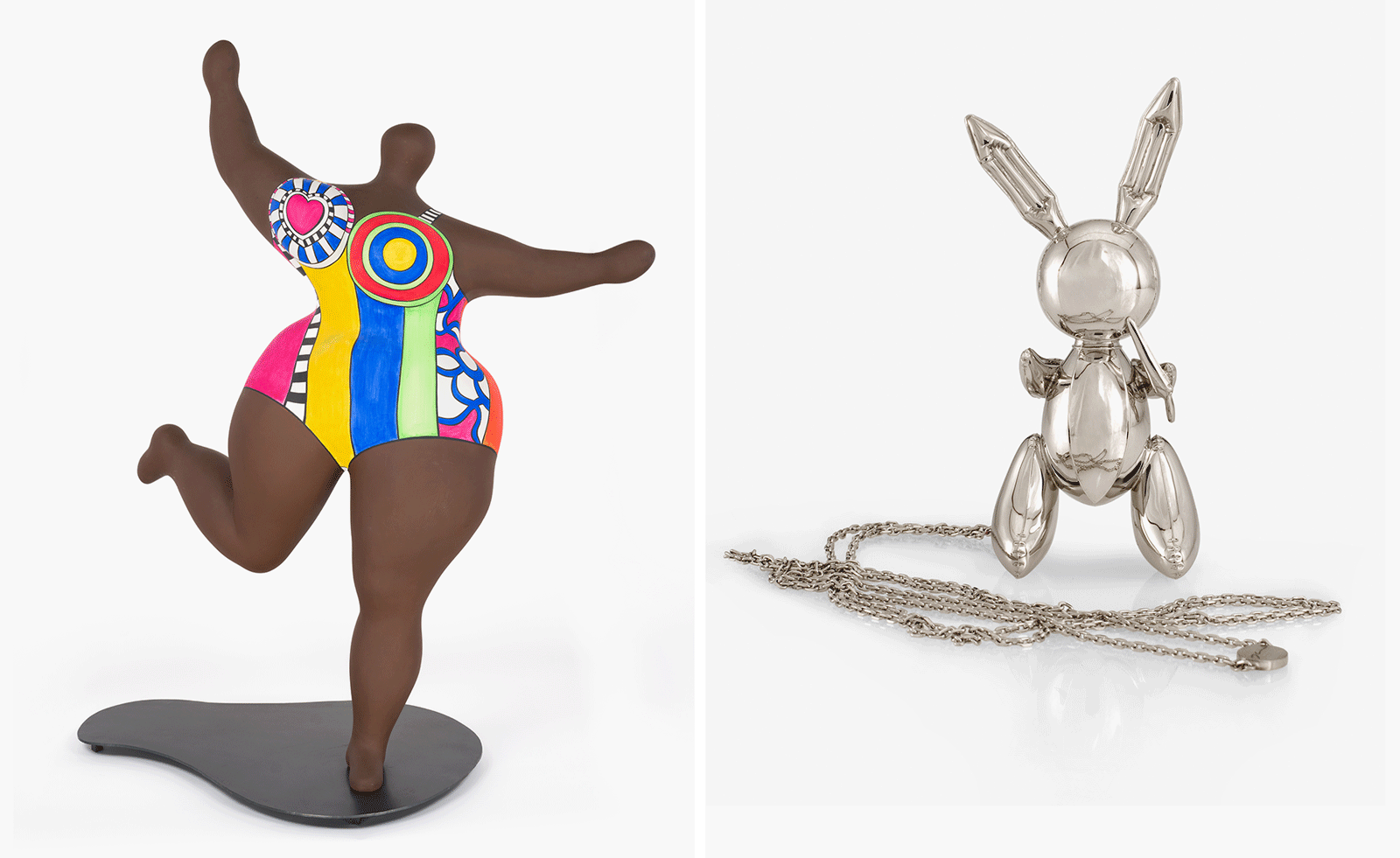 From Cubism to Pop, artists’ jewellery goes on show in Palm Beach
From Cubism to Pop, artists’ jewellery goes on show in Palm Beach‘Artists’ Jewelry: From Cubism to Pop, the Diane Venet Collection’ at the Norton Museum of Art showcases key pieces from an impressive collection
-
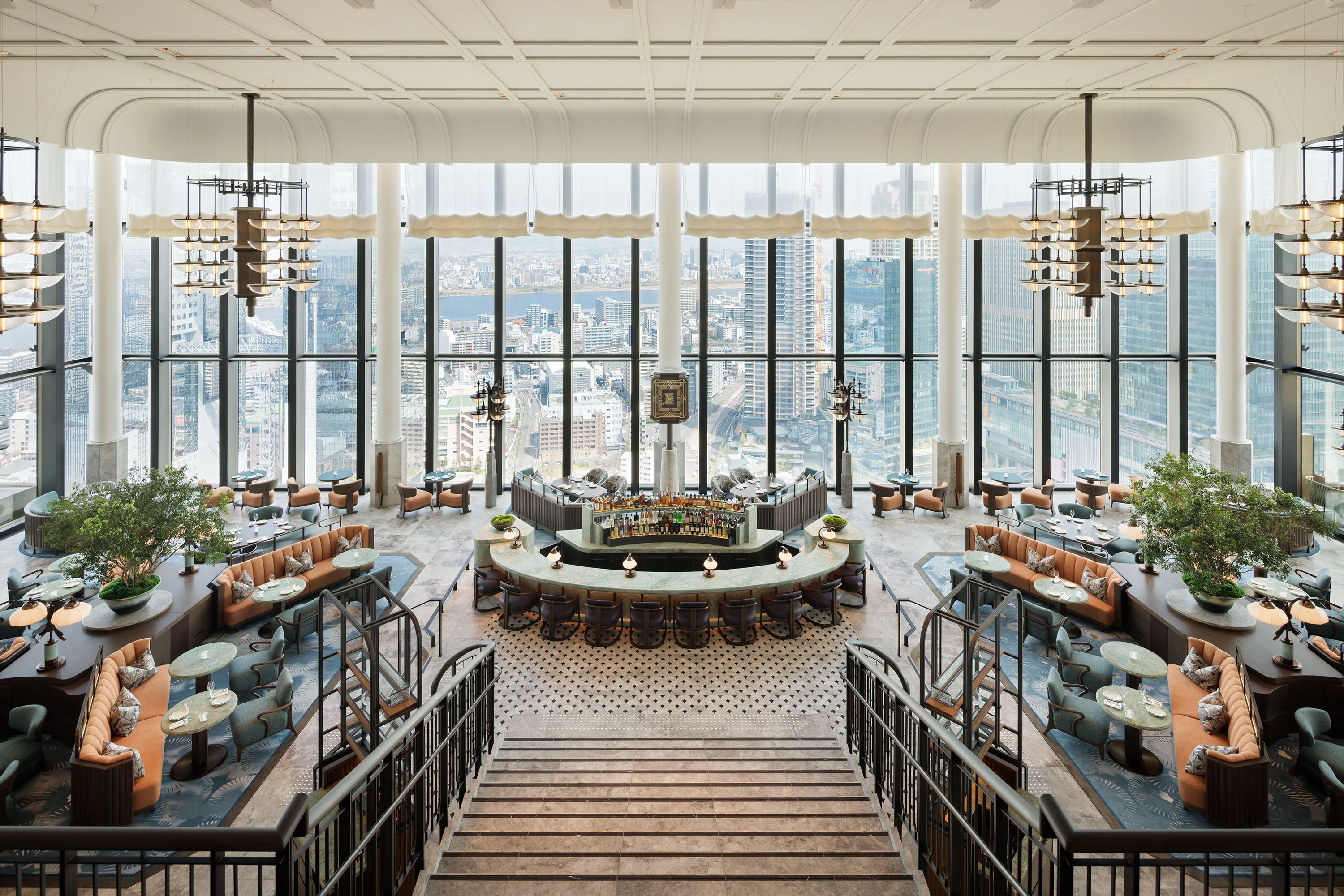 Wallpaper* checks in at Waldorf Astoria Osaka
Wallpaper* checks in at Waldorf Astoria Osaka‘It’s rare to work on a brand new hotel of this scale in Japan in today’s landscape,’ says designer Andre Fu about Osaka’s newest luxury hotel. Wallpaper* paid it an early visit
-
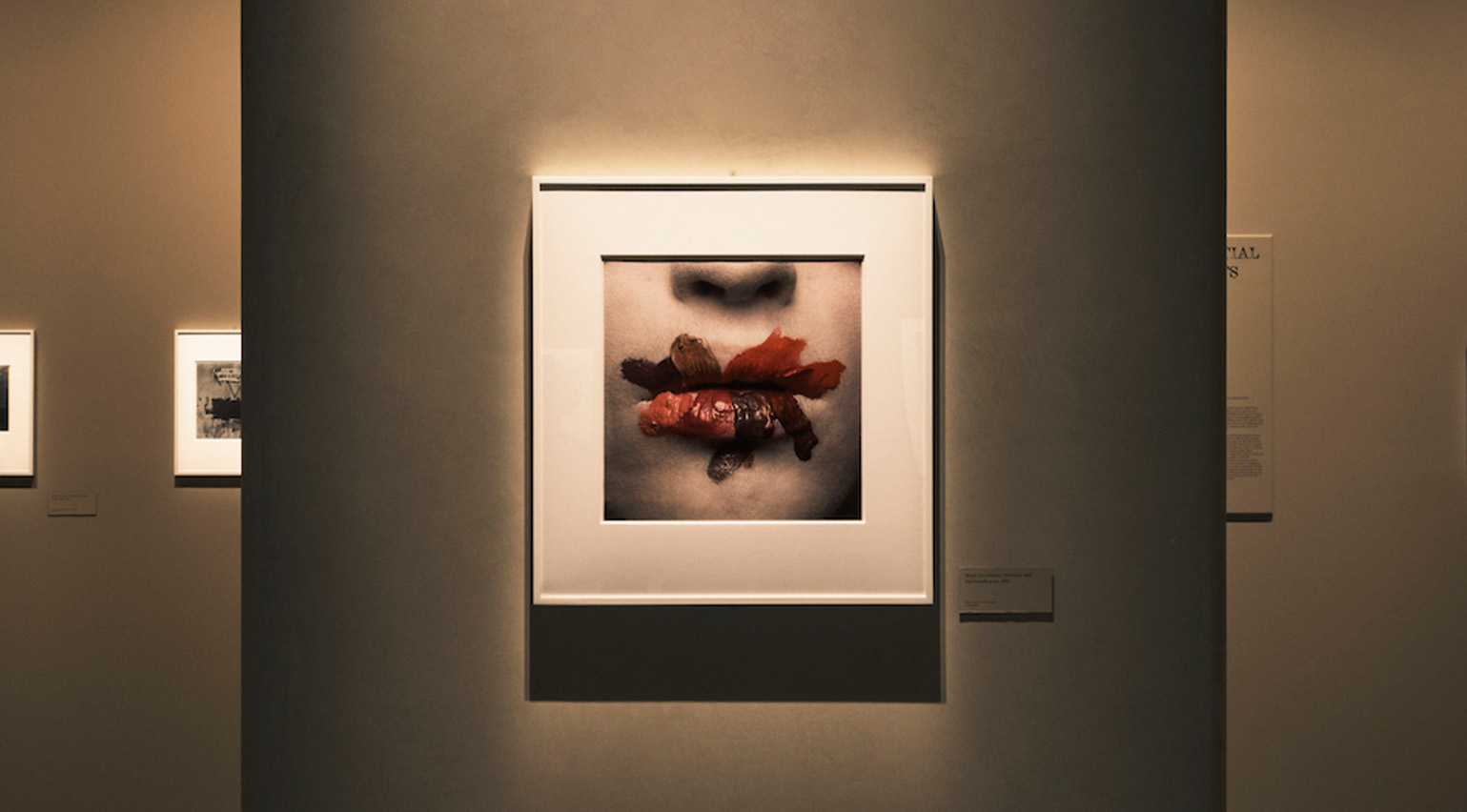 ‘Irving Penn: Centennial’ offers an unparalleled look at the seminal American photographer’s oeuvre
‘Irving Penn: Centennial’ offers an unparalleled look at the seminal American photographer’s oeuvreA new retrospective in A Coruña, Spain celebrates the meticulous grandeur of Irving Penn, spanning fashion editorial, still-life, nudes and portraiture across seven decades
-
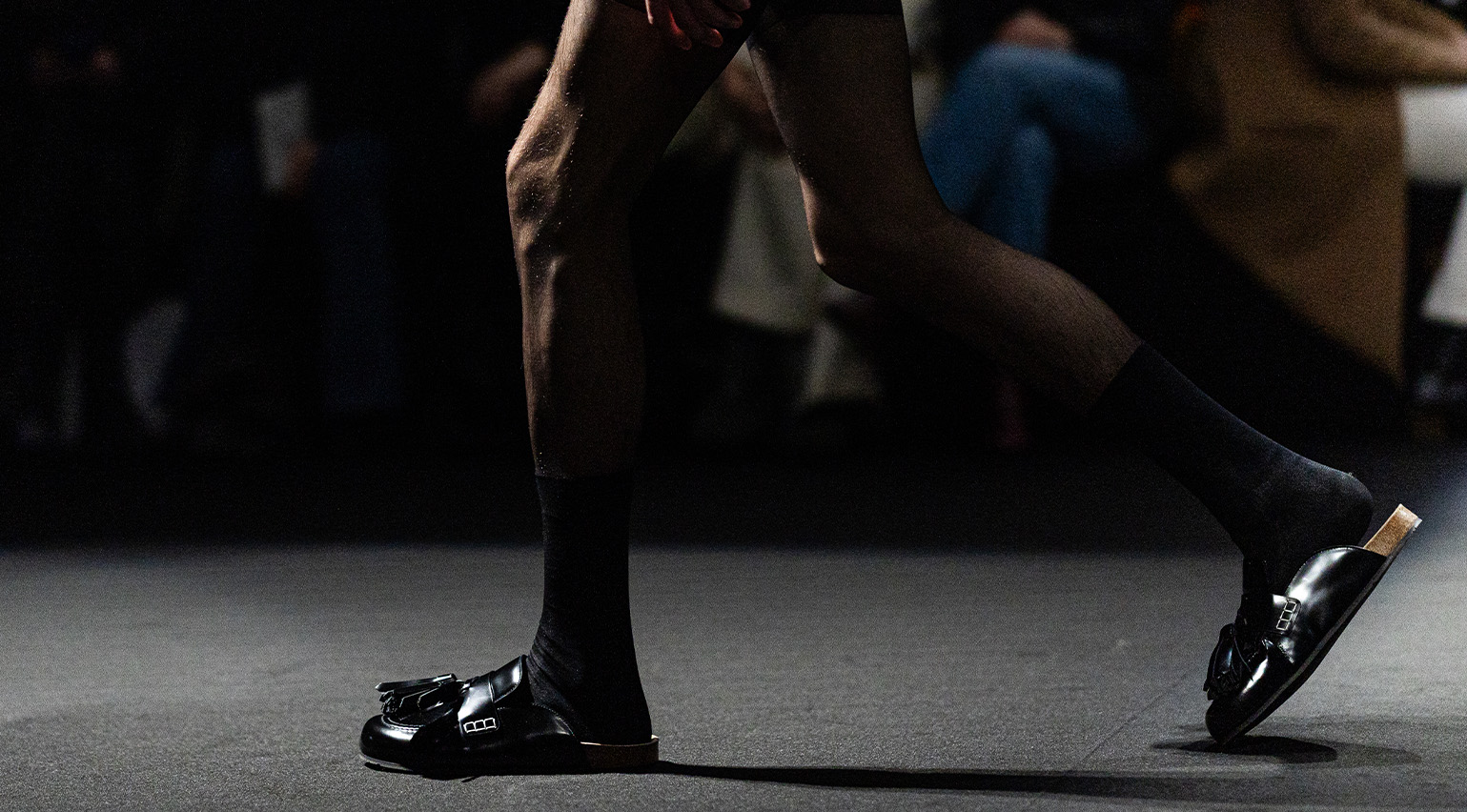 Why the slipper is set to be this season’s definitive men’s shoe
Why the slipper is set to be this season’s definitive men’s shoeWallpaper* fashion features editor Jack Moss unpacks the rise of the men’s slipper, which looks set to become this season’s most ubiquitous shoe. Plus, five styles to channel the slipper’s louche elegance in your own wardrobe
-
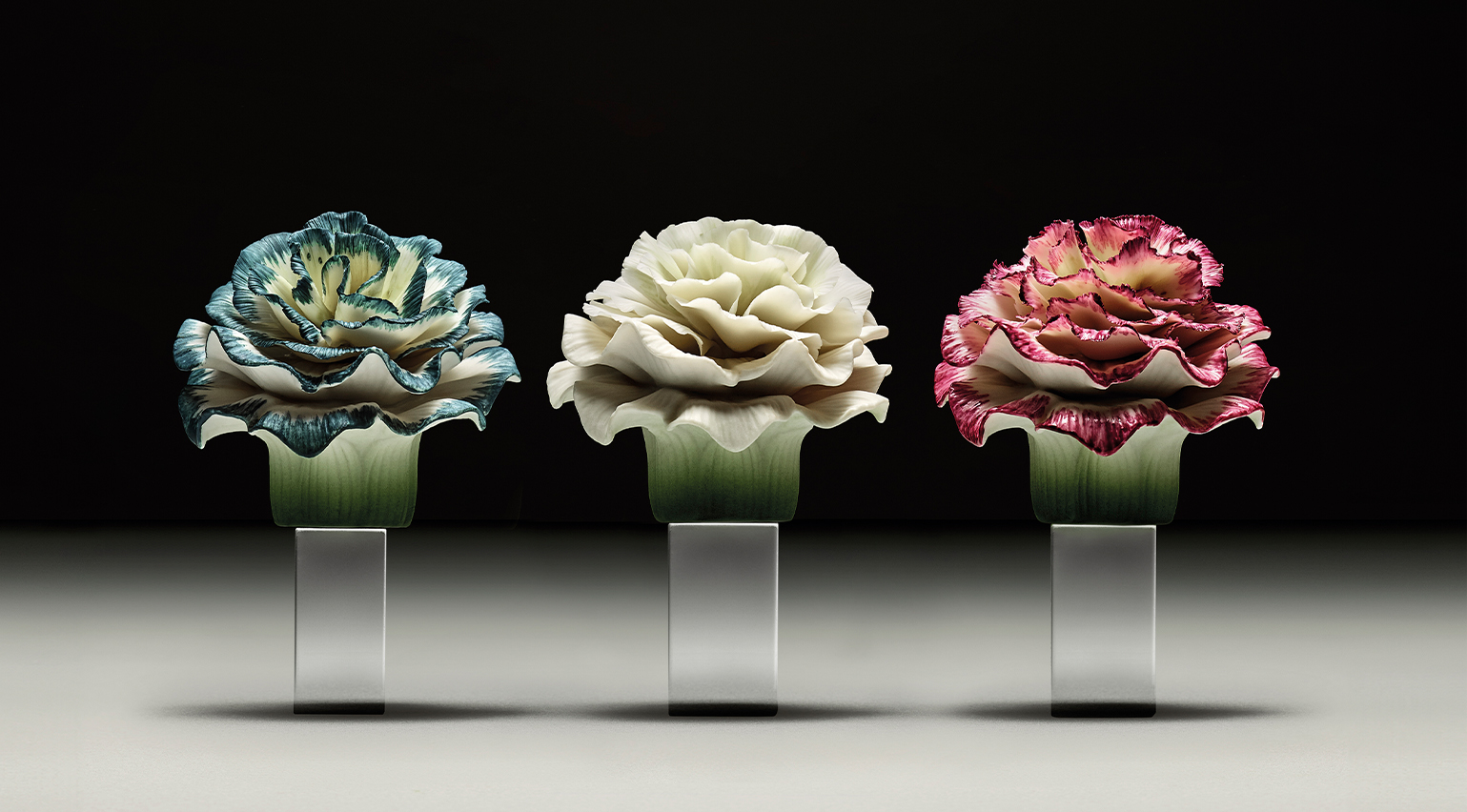 Inside the making of Loewe Perfumes’ porcelain bottle toppers, delicately crafted by Lladró
Inside the making of Loewe Perfumes’ porcelain bottle toppers, delicately crafted by LladróLoewe Perfumes’ limited edition flask toppers are crafted by Spanish porcelain company Lladró. Mary Cleary takes a look inside the making process, as featured in the October 2024 issue of Wallpaper*
-
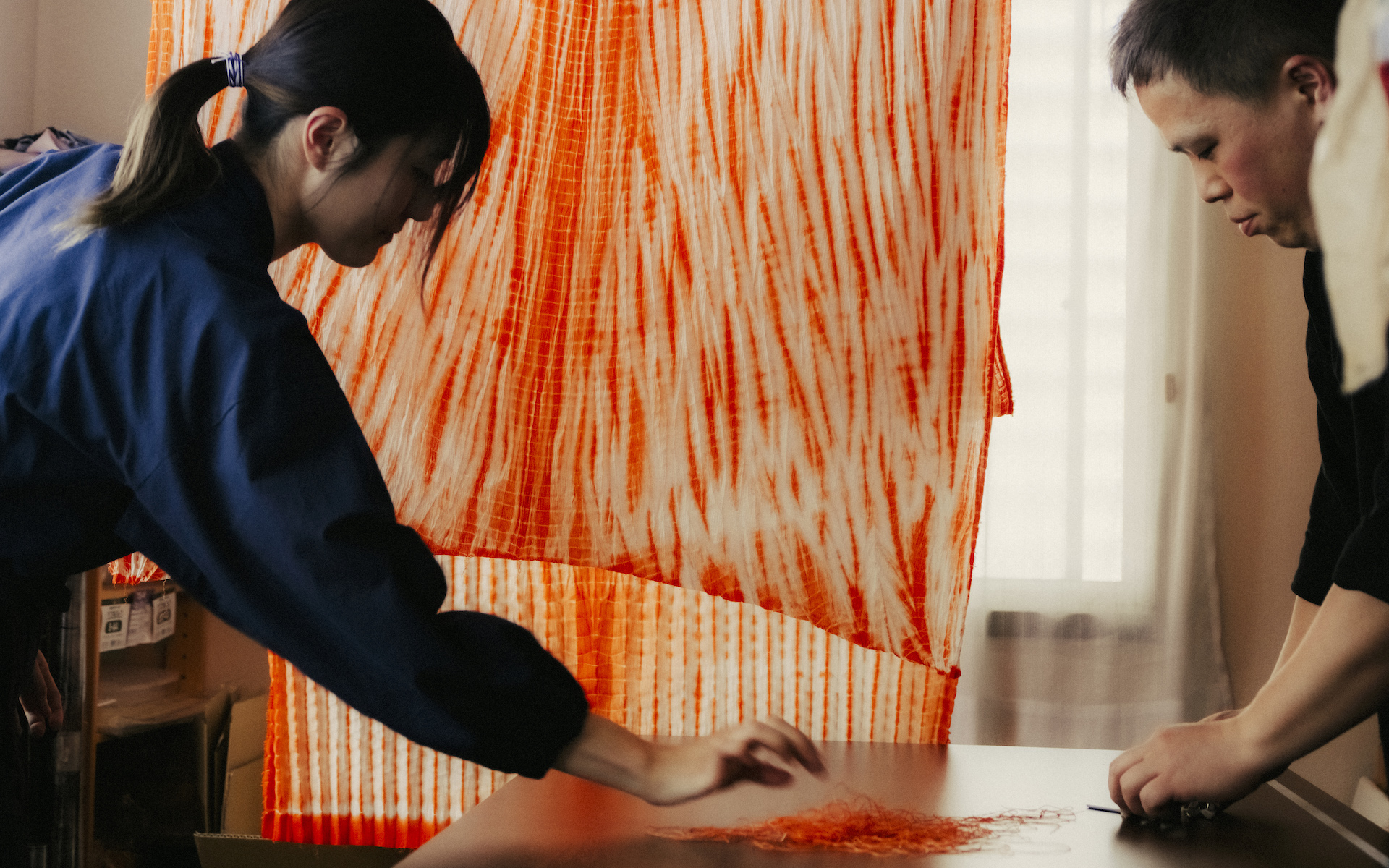 In Kyoto, COS celebrates the ancient art of shibori dyeing with a colour-soaked collection
In Kyoto, COS celebrates the ancient art of shibori dyeing with a colour-soaked collection‘We can’t take this type of craft for granted anymore,’ says COS design director Karin Gustafsson, who worked with Kyoto shibori artisan Kazuki Tabata on the airy summer collection. Wallpaper* heads to Japan’s former capital to find out more
-
 Inside John Lobb’s sumptuous new Kyoto store, housed in a traditional wooden ‘machiya’
Inside John Lobb’s sumptuous new Kyoto store, housed in a traditional wooden ‘machiya’John Lobb’s inviting new Teruhiro Yanagihara-designed Kyoto store is introduced with a series of images starring lauded Japanese director Hirokazu Kore-eda
-
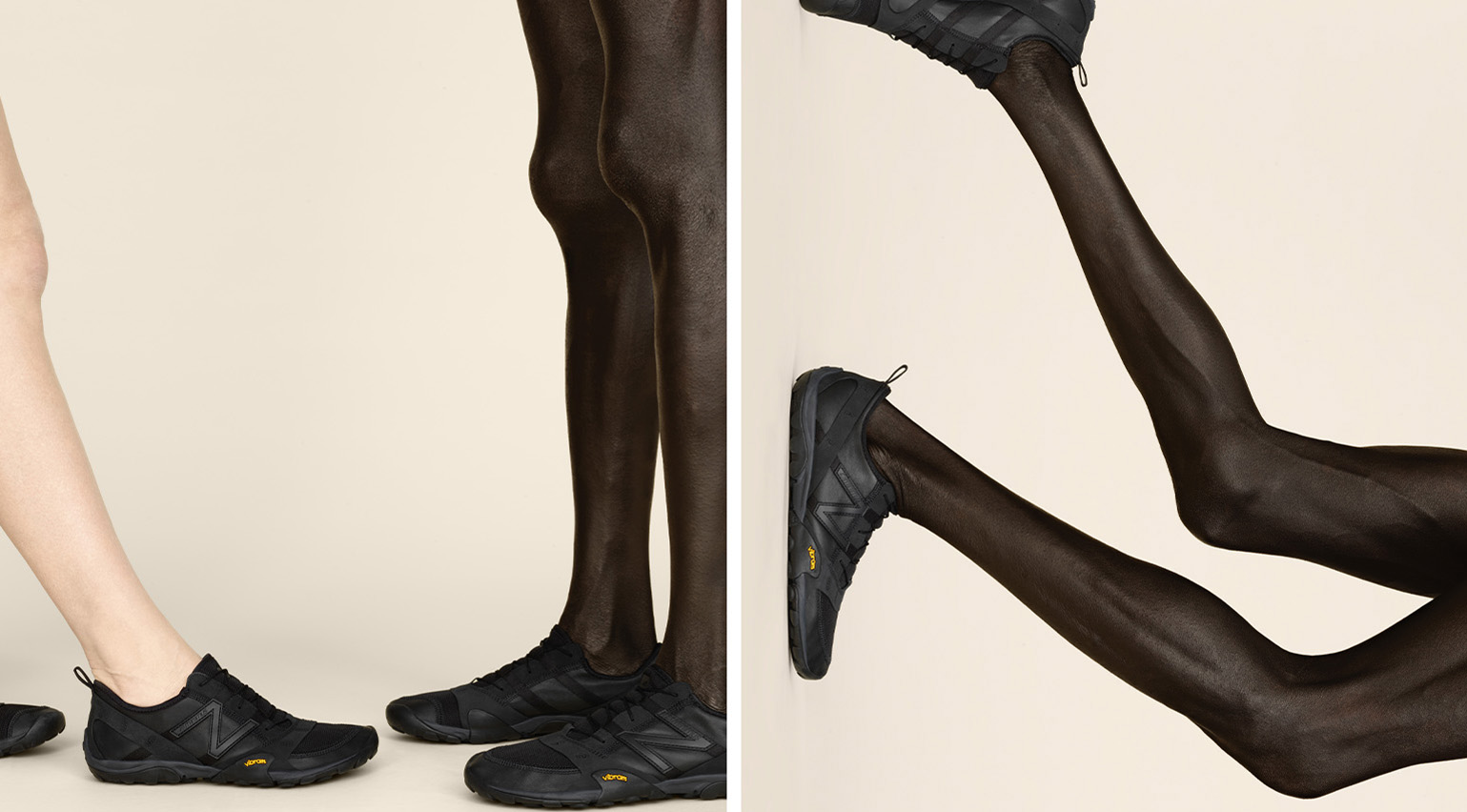 ‘Sensuous physicality’: Issey Miyake reveals barefoot sneaker collaboration with New Balance
‘Sensuous physicality’: Issey Miyake reveals barefoot sneaker collaboration with New BalanceThe Issey Miyake x New Balance MT10O is based on minimalist running sneakers from the 2010s, designed to replicate the feeling of running barefoot
-
 These gravity-defying Santoni heels are a sculptural wonder
These gravity-defying Santoni heels are a sculptural wonderA closer look at Santoni’s Victoria pumps, which are defined by the architectural rigour of their gently slanted heels – an ode to the heritage footwear brand’s roots in Le Marche, Italy
-
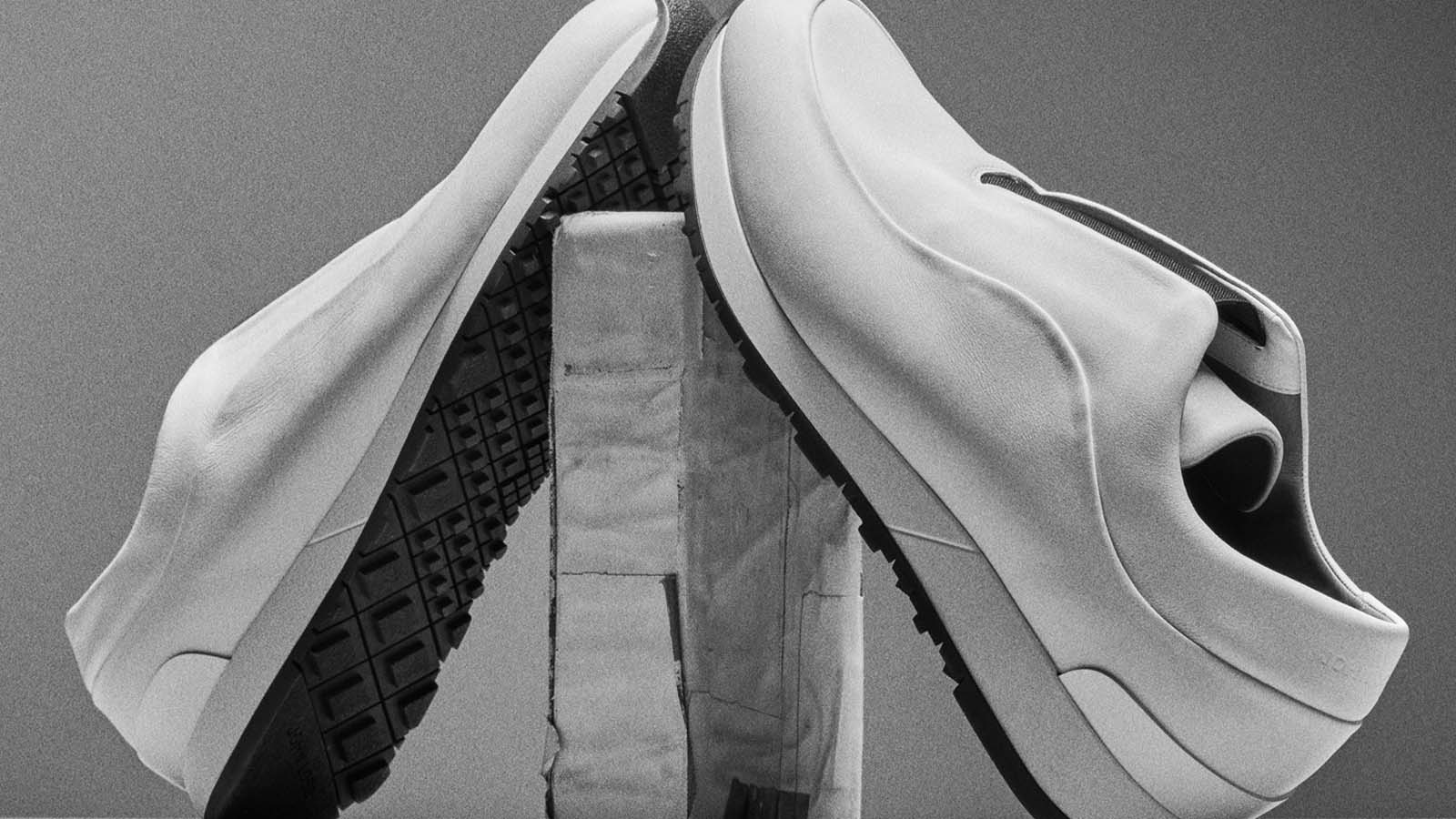 John Lobb’s ‘Cannon’ sneakers are an exercise in minimal design
John Lobb’s ‘Cannon’ sneakers are an exercise in minimal designJohn Lobb’s sleek ‘Cannon’ sneakers continue the British heritage shoemaker’s foray into sportier terrain – crafted with all the precision of its classic styles